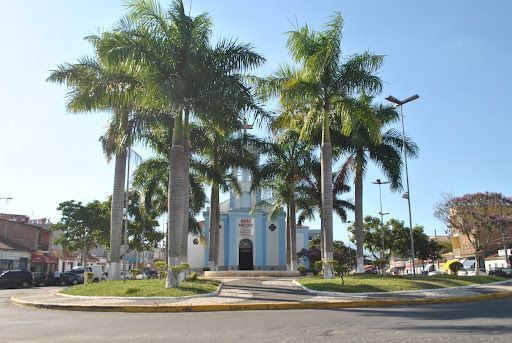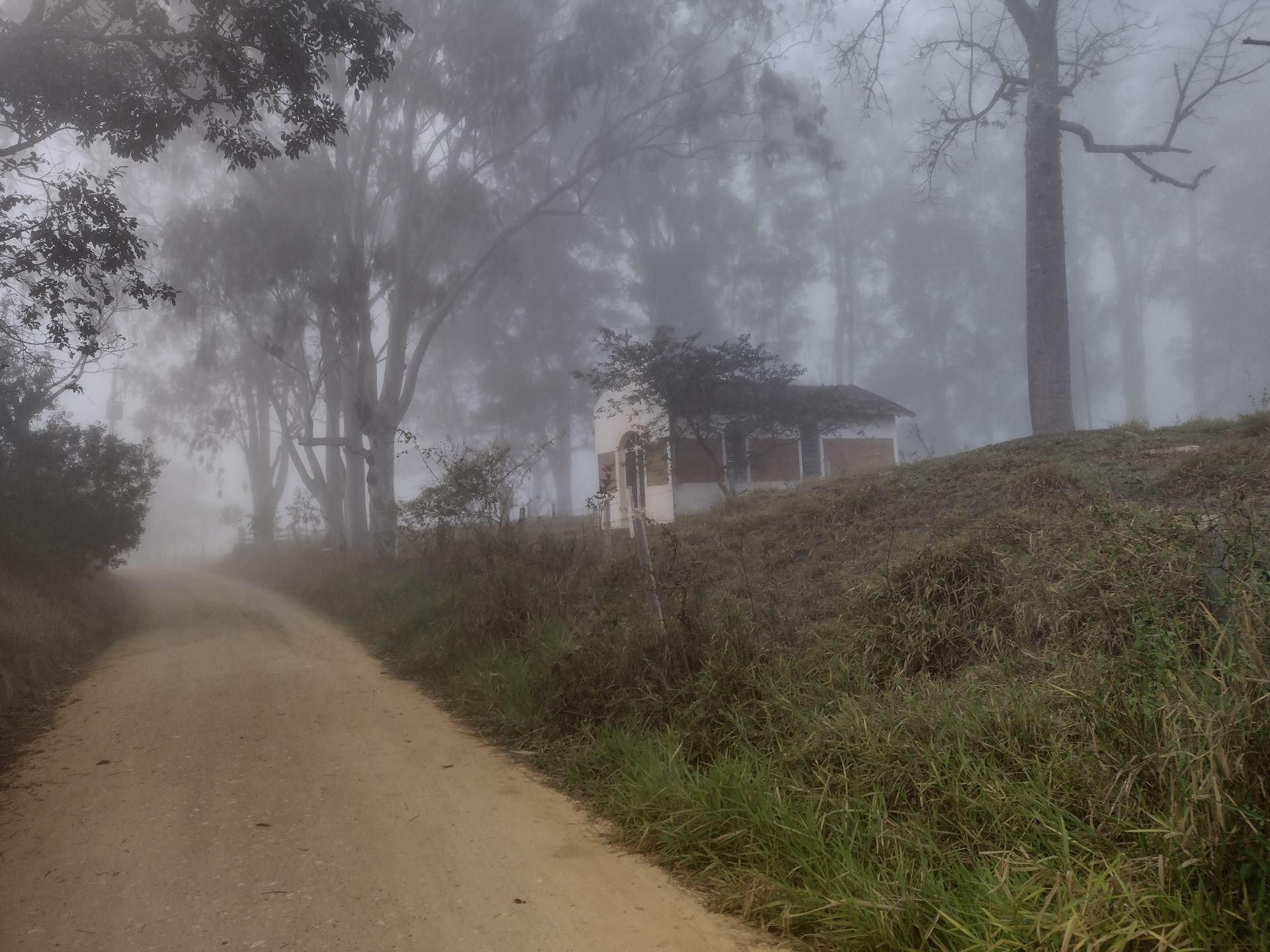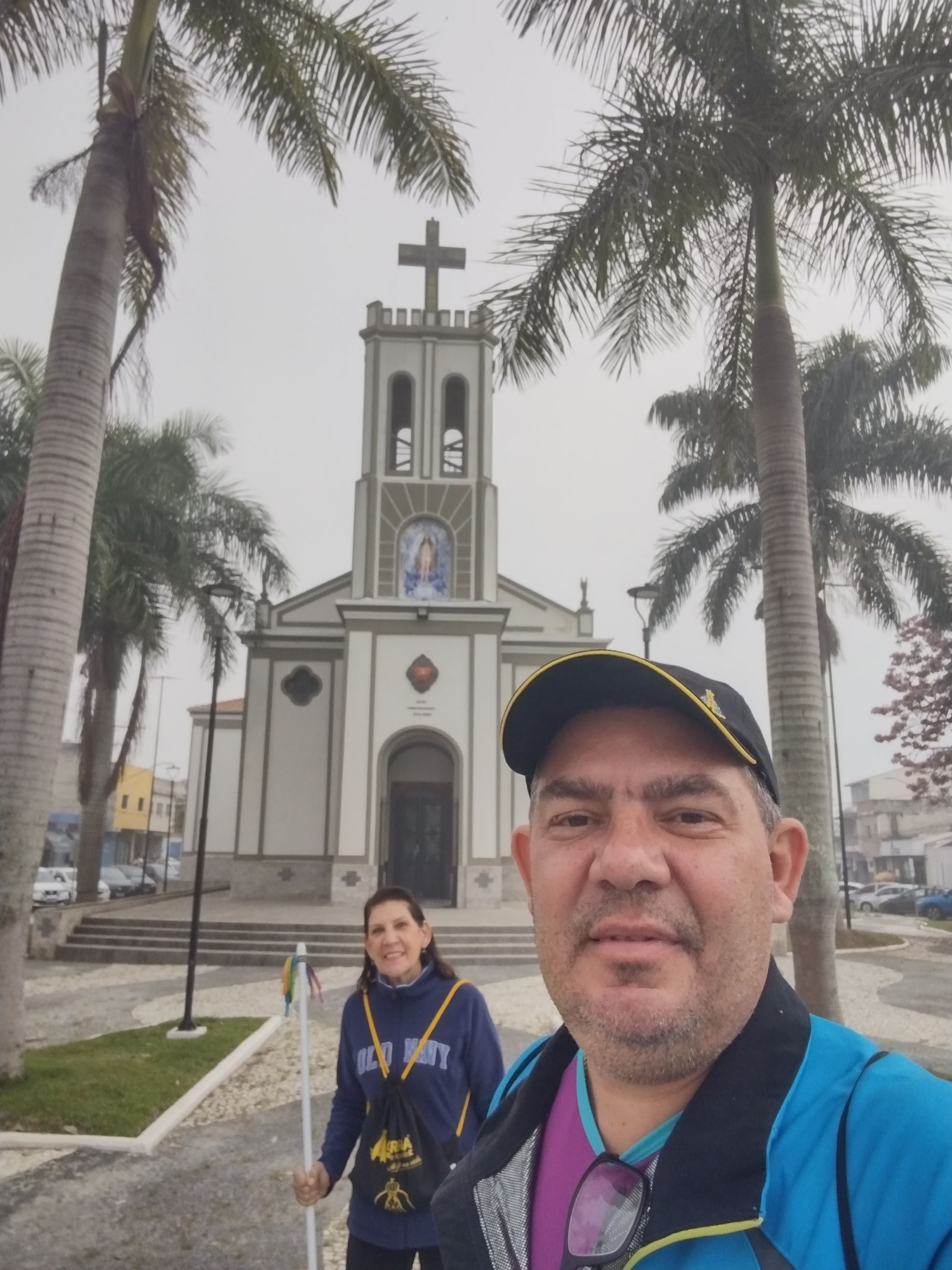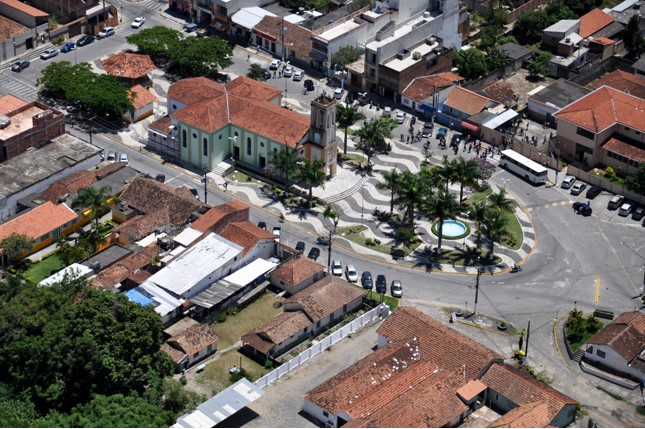That - SP
On this page, the Portal Peregrino da Esperança presents the city of Pindamonhangada, located in the interior of São Paulo, which stands out both for its historical importance and for its role in the economic, cultural and social development of the Paraíba Valley. The chosen Patron Saint was Our Lady of Good Success.
🕊️ “When all seems lost, it will be the happy beginning
of complete restoration.” (Our Lady of Good Success)
Features of the City of Itu - SP
The city of Itu, located in the interior of the state of São Paulo, is recognized for its historical, cultural and touristic importance. Officially founded in 1610, Itu stands out as one of the oldest cities in Brazil, having played a crucial role during the colonial period and in the process of interiorization of the territory of São Paulo. Its origin is related to the bandeiras, expeditions organized by colonizers from São Paulo who set out in search of mineral wealth and indigenous people for enslavement. The city was an important support point for these groups, which guaranteed its visibility and economic development from its early years. Over the centuries, Itu consolidated itself as one of the most important urban centers in the region, preserving to this day material and symbolic traces of its historical trajectory.
The architecture of Itu's historic center is a living testament to its past, with mansions, churches and squares that date back to the 17th and 18th centuries. The Igreja Matriz de Nossa Senhora da Candelária and the Convento de São Francisco stand out in this setting, examples of São Paulo Baroque and the religious influence on the city's formation. These buildings not only beautify the urban space but also attract tourists interested in the colonial heritage of the interior of São Paulo. The presence of museums, such as the Museu Republicano, maintained by the University of São Paulo, further reinforces Itu's role as guardian of the country's historical memory, as it was the site of the 1873 Republican Convention, one of the decisive moments in the end of the Empire in Brazil and the birth of the Republic.
In addition to its historical importance, Itu is known nationwide for its peculiar humor and its reputation as a "city of exaggerations", fueled by advertising campaigns and tourist attractions such as the giant payphone, traffic lights and bench installed in public spaces. These playful elements helped to project the city as a tourist destination, especially for families and visitors seeking leisure and cultural curiosities. This good-natured trait does not diminish the historical value of the city; on the contrary, it reinforces its ability to dialogue with the present, incorporating elements of popular culture and tourism as strategies for local appreciation and income generation.
Itu's economy is diversified, integrating industrial, agricultural, commercial and tourist activities. The city has been able to take advantage of its strategic location, close to major cities such as Campinas and São Paulo, to develop infrastructure and attract investment. The presence of industrial hubs and high-end residential condominiums is evidence of a modernization process that, although accelerated in recent decades, has not erased the marks of the past. Itu has managed to preserve its religious, cultural and architectural traditions even in the face of urban transformations, which makes it an example of balance between memory and progress.
Finally, Itu is a city that symbolizes the historical richness of the interior of São Paulo, combining past and present in a unique way. Its history reveals the importance of cultural heritage as an element of identity and as a driver for sustainable development. Whether through its centuries-old churches, the cobblestone streets of the old town, the hospitality of its people or the irreverent charm of its "exaggerations", Itu continues to be an emotional, historical and cultural reference in the state of São Paulo. It is a place where tradition is not only preserved, but also celebrated and transformed into a living experience for those who visit or choose to live there.
The city of Itu, with its rich history and cultural heritage, plays a significant role in the Caminho do Sol route, integrating this pilgrimage route that connects the municipality of Santana de Parnaíba to Águas de São Pedro. As part of this route, Itu not only offers pilgrims a strategic point of passage, but also enriches the spiritual and cultural experience of the walk, bringing to light its historical tradition and unique atmosphere. Known for its preserved colonial architecture, its centuries-old churches and the charm of its historic center, the city provides pilgrims with moments of pause and reflection amidst a setting full of historical and artistic significance.
The inclusion of Itu on the Caminho do Sol adds value to the route by combining the pilgrim's own spirituality with the cultural experience of a city that has centuries of religious and social tradition. Passing through the city allows the walker to access sacred spaces such as its churches and chapels, where it is possible to attend mass, seek blessings or simply contemplate the environment. In addition, contact with the local community, which keeps religious celebrations and cultural events alive, reinforces the sense of welcome and belonging, making the route something more than a simple physical crossing — it is an immersion in a network of meanings and memories.
Another important aspect of Itu’s participation in the Caminho do Sol is the integration between nature and urban heritage. The city is located in a region that combines preserved green areas and a historic urban fabric, creating a balance that enriches the pilgrims’ journey. The cobblestone streets of the historic center, the tree-lined squares and the centuries-old buildings make up a setting that speaks to the inner search that motivates the walk. Routes that cross the city offer pilgrims the opportunity to slow down, absorb the environment and experience the connection between the past and the present, between the sacred and the everyday.
In addition to its spiritual and cultural dimension, Itu’s presence on the Caminho do Sol also has an impact on local development, especially on religious and cultural tourism. The constant flow of pilgrims favors commerce, gastronomy and accommodation services, stimulating the economy and promoting the appreciation of local traditions. This movement helps the city maintain its identity and history alive, while adapting to contemporary demands. The interaction between visitors and residents generates a rich exchange that strengthens the sense of community and the conservation of tangible and intangible heritage.
Thus, Itu establishes itself on the Caminho do Sol as a fundamental link that enriches the pilgrim’s journey both through its historical and cultural context and through the hospitality and beauty of its urban and natural environment. The city thus becomes more than a transit point; it is a space for meeting, reflection and renewal. For those who travel this route, Itu offers not only shelter and rest, but the opportunity to experience the depth of a living history that pulsates in every corner, in every church and in the hearts of its inhabitants.
The Itu Parish Church, dedicated to Our Lady of Candelária, is one of the city's most significant historical landmarks and an important testament to the presence of the Catholic faith in the interior of São Paulo. Its history is deeply intertwined with the urban and social development of the city, which has consolidated itself since the 17th century as one of the most important centers of colonization in São Paulo. Originally, the church arose from the local community's need for a space for religious celebration, reflecting the population growth and the organization of the inhabitants around the Catholic faith and traditions. Over the centuries, the church underwent successive expansions and renovations, keeping pace with the city's progress and preserving architectural elements that date back to the colonial period.
The construction of the Igreja Matriz de Nossa Senhora da Candelária began in the 18th century, in the Baroque style, and is representative of the religious architecture of the time, with imposing façades, elaborate altars and interior decoration rich in sacred symbols. Its main altar and gilded carving details reveal the appreciation and dedication of the faithful who, over the years, contributed to maintaining and beautifying the temple. The church served as the center of important religious and civil events, in addition to being the meeting point for the city's residents, who participated in the liturgical festivals, processions and celebrations that are still held with great enthusiasm and devotion today.
Over time, the church has not only accompanied the urban transformations of Itu, but has also become a symbol of the city's cultural and historical identity. Its location in the center of the city reinforces its role as a center of coexistence and reference, where faith manifests itself in multiple forms. The church is a silent witness to times of prosperity, conflicts and social transformations, and is also the stage for the consolidation of values and traditions that define the character of the people of Itu. The preservation of the church, therefore, is not just an architectural issue, but a commitment to the collective memory and the continuity of the city's religious roots.
In addition to its religious aspect, the Igreja Matriz de Itu contributes to cultural tourism, attracting visitors interested in its history, sacred art and colonial architecture. The temple is part of a group of historic buildings that form the old city center, allowing visitors to experience the experience as an immersion in the heritage of São Paulo. This appreciation of religious heritage strengthens the local economy and promotes recognition of the importance of the church not only as a place of worship, but also as a historical and cultural heritage site. The care taken with its maintenance reflects the community's respect for its history and the spirituality that develops there.
In this way, the Igreja Matriz de Nossa Senhora da Candelária remains a living symbol of faith and tradition in the city of Itu, representing a bridge between the colonial past and the urban present. Its history is marked by devotion, art and cultural resistance, elements that make it a fundamental reference for understanding the social and religious formation of the region. In every detail of its structure and in every celebration held, the church keeps alive the legacy of those who built the city and continue to cultivate the faith that sustains its identity to this day.
Photographs of the City of Itu - SP








